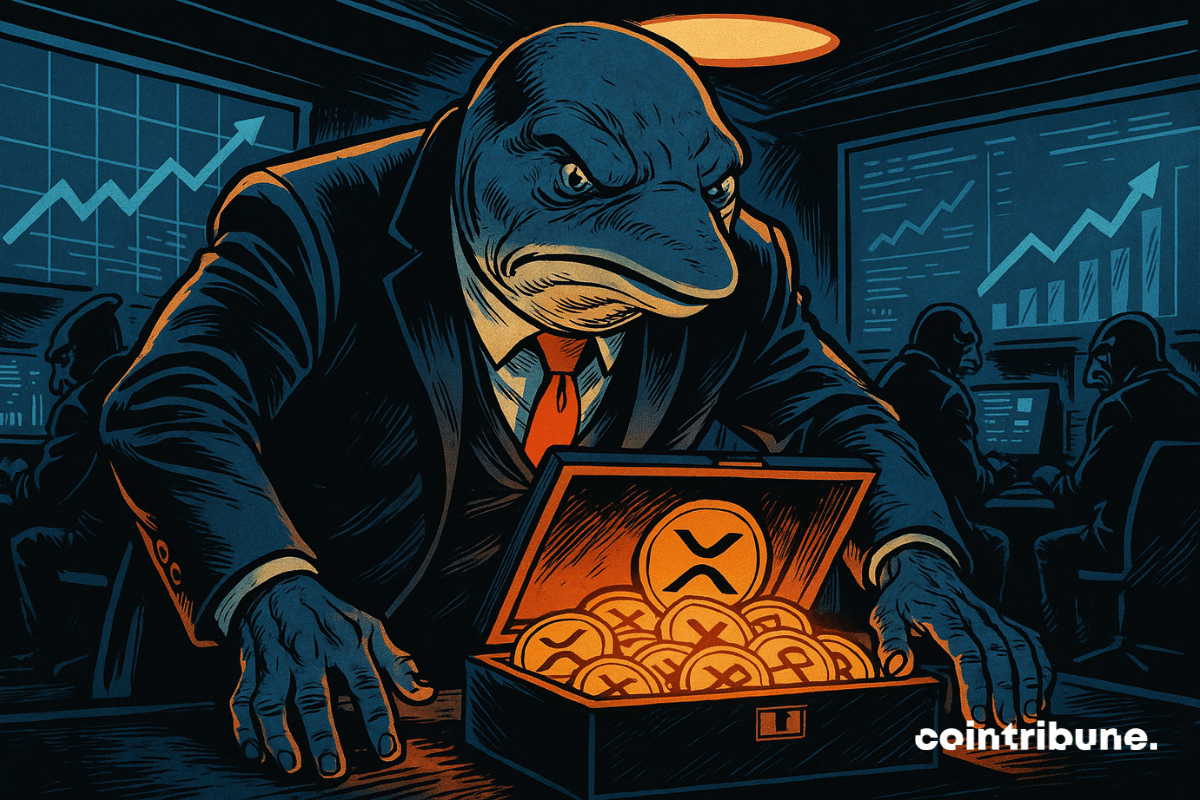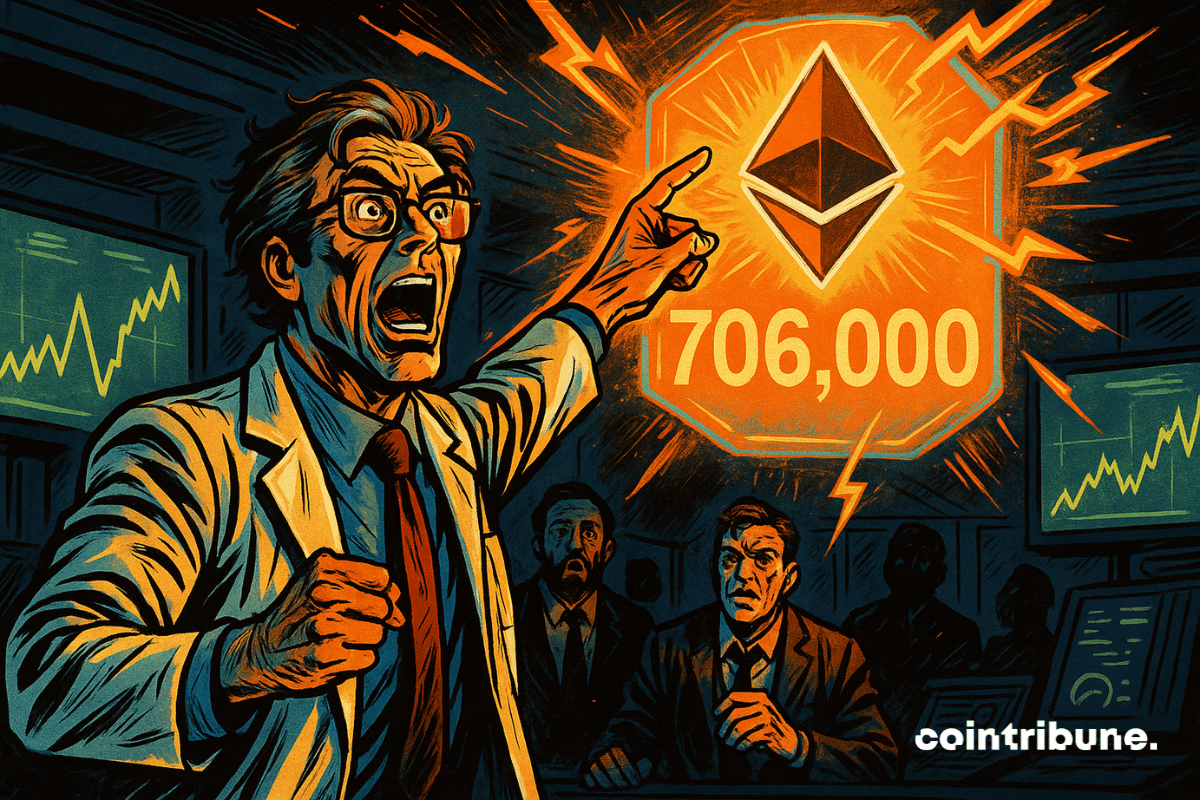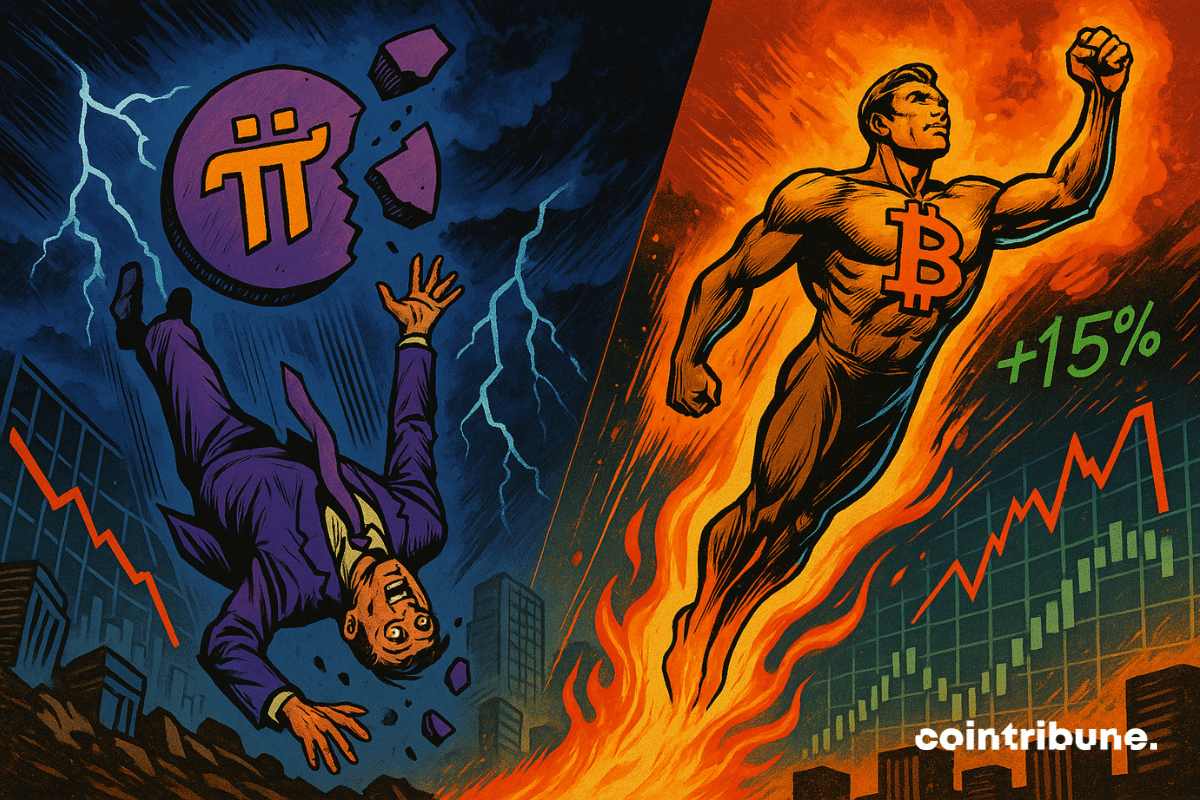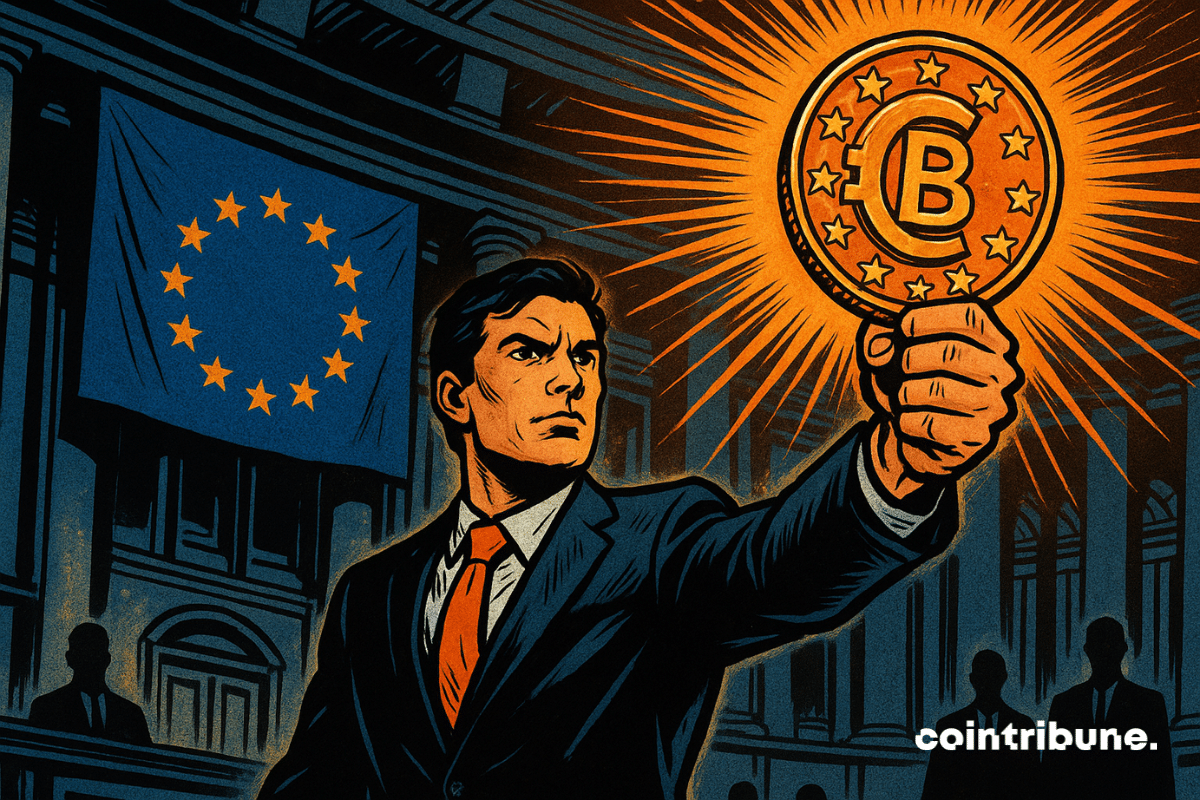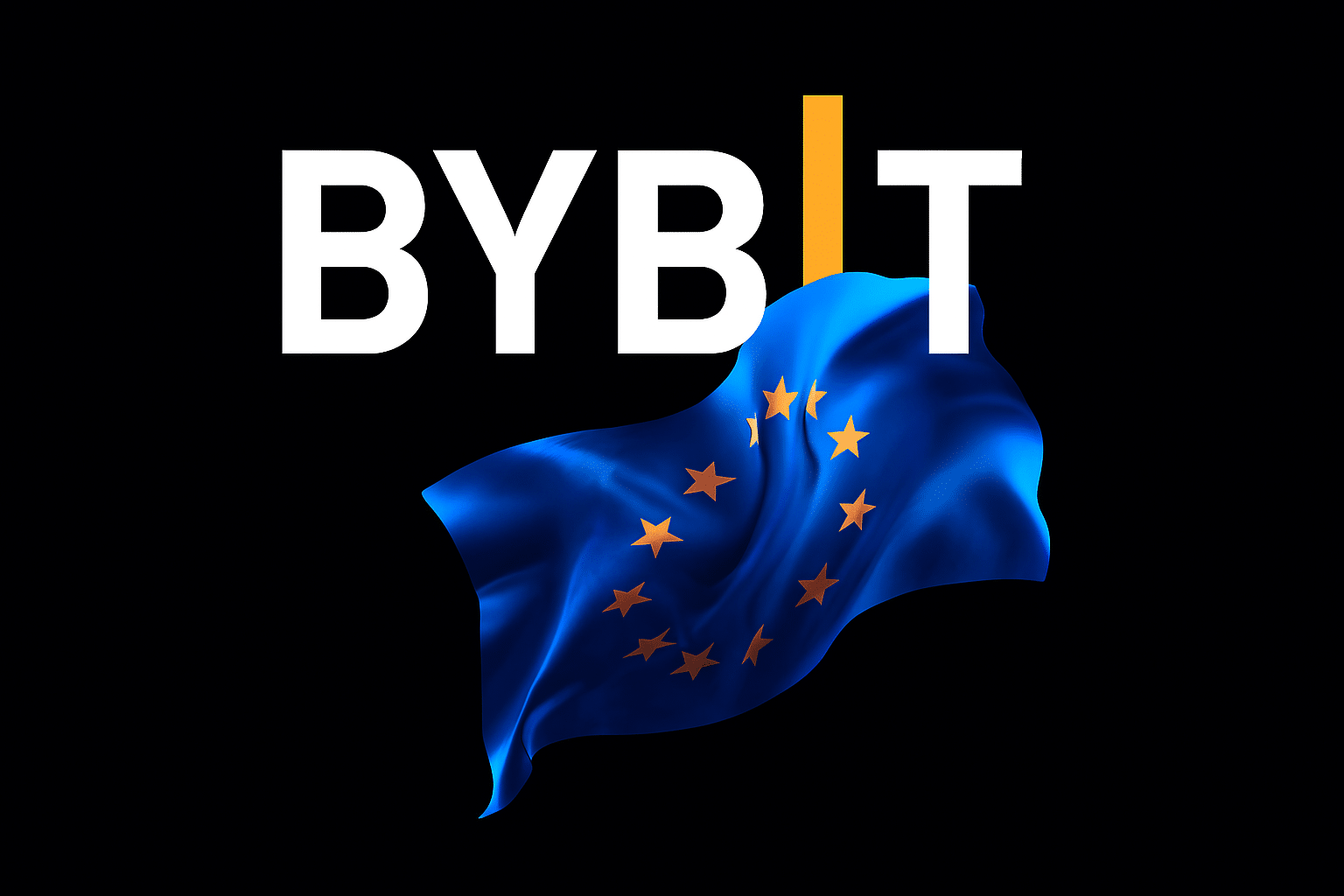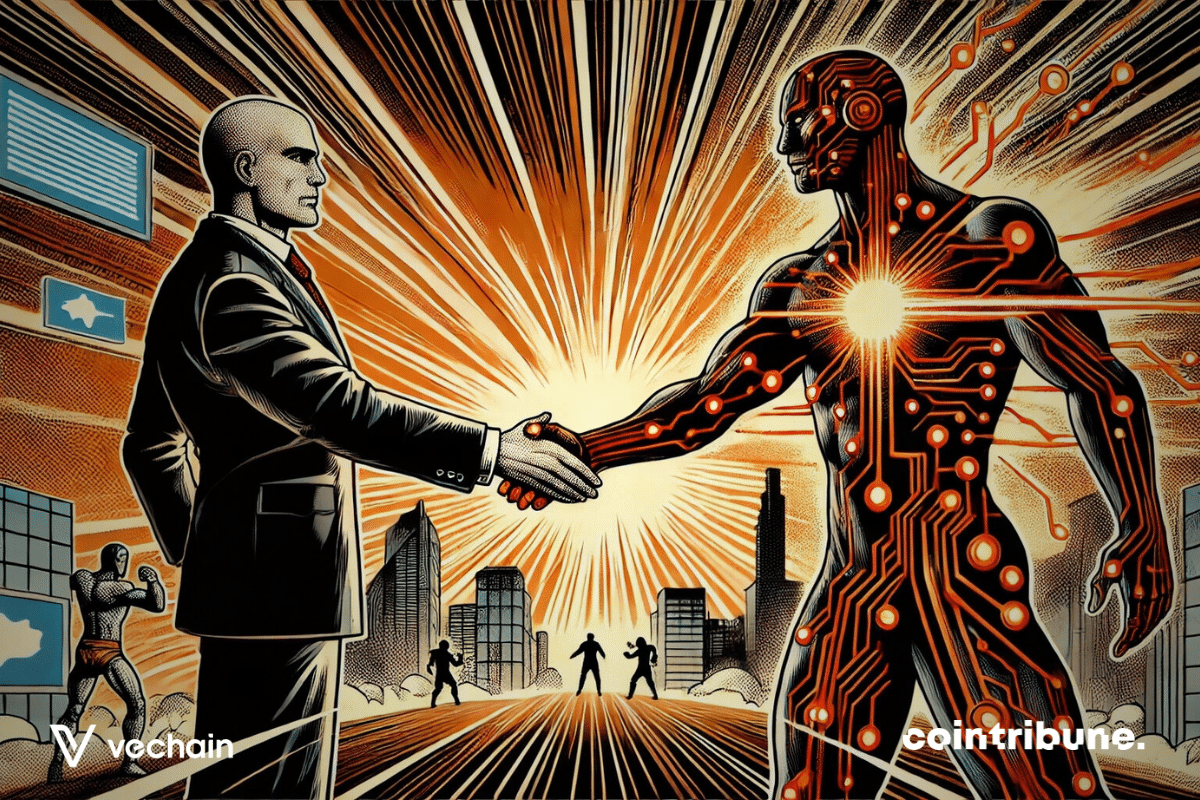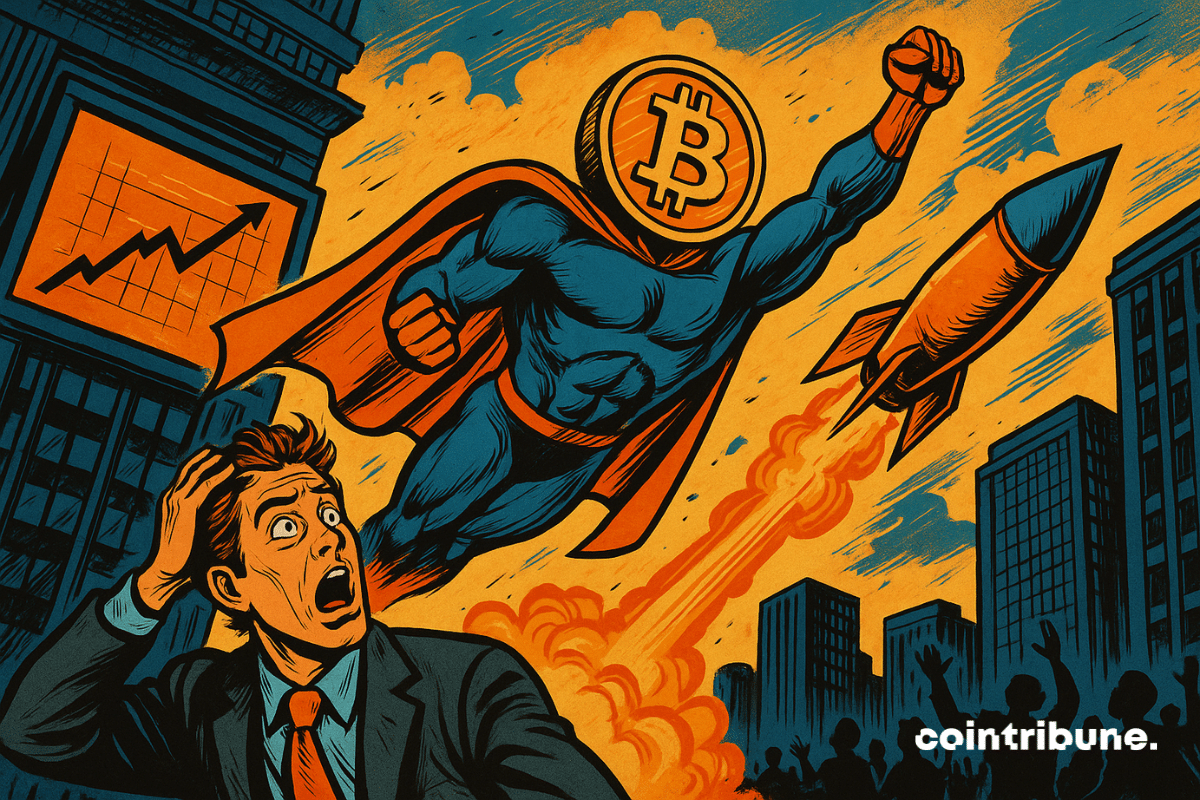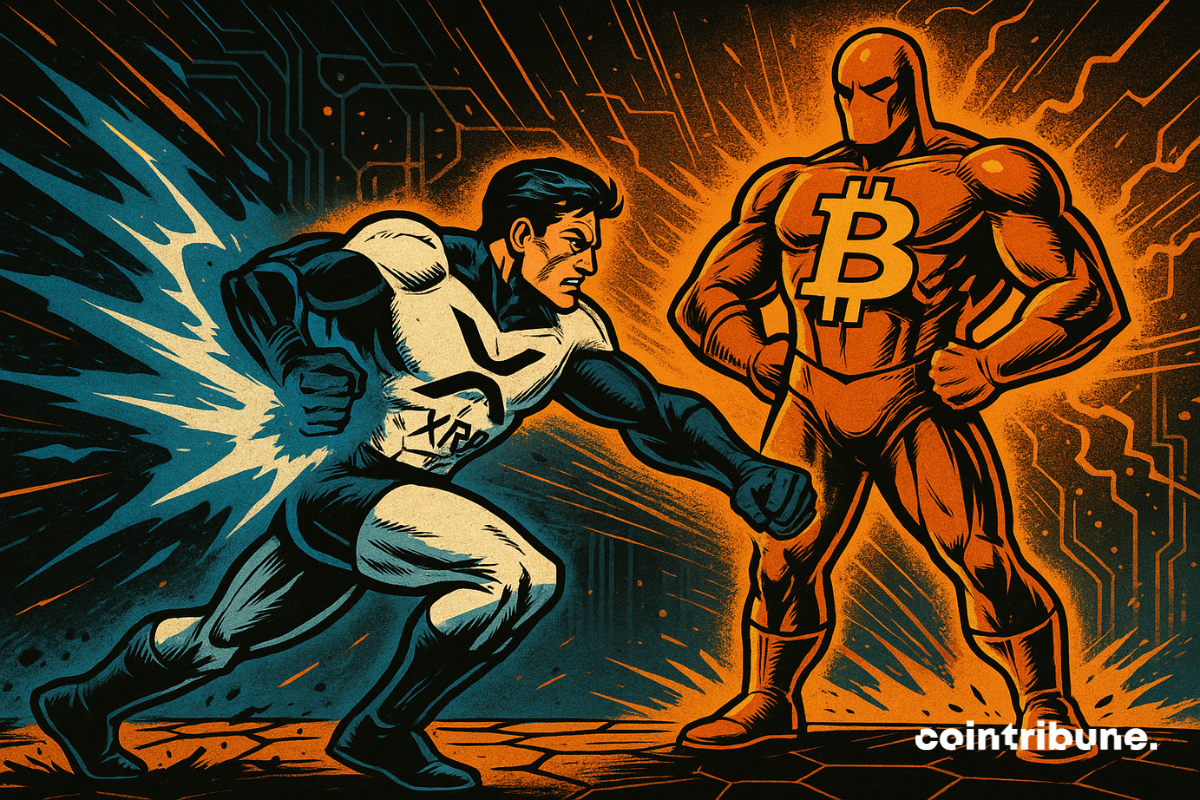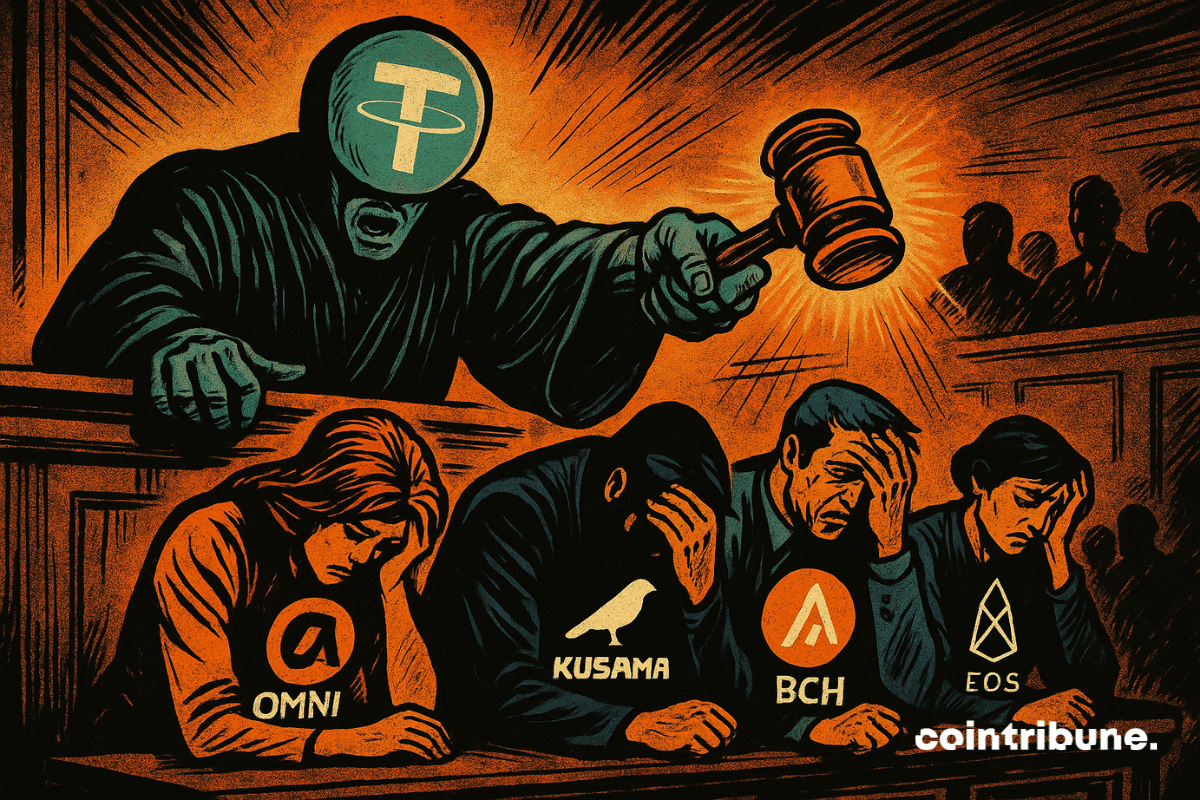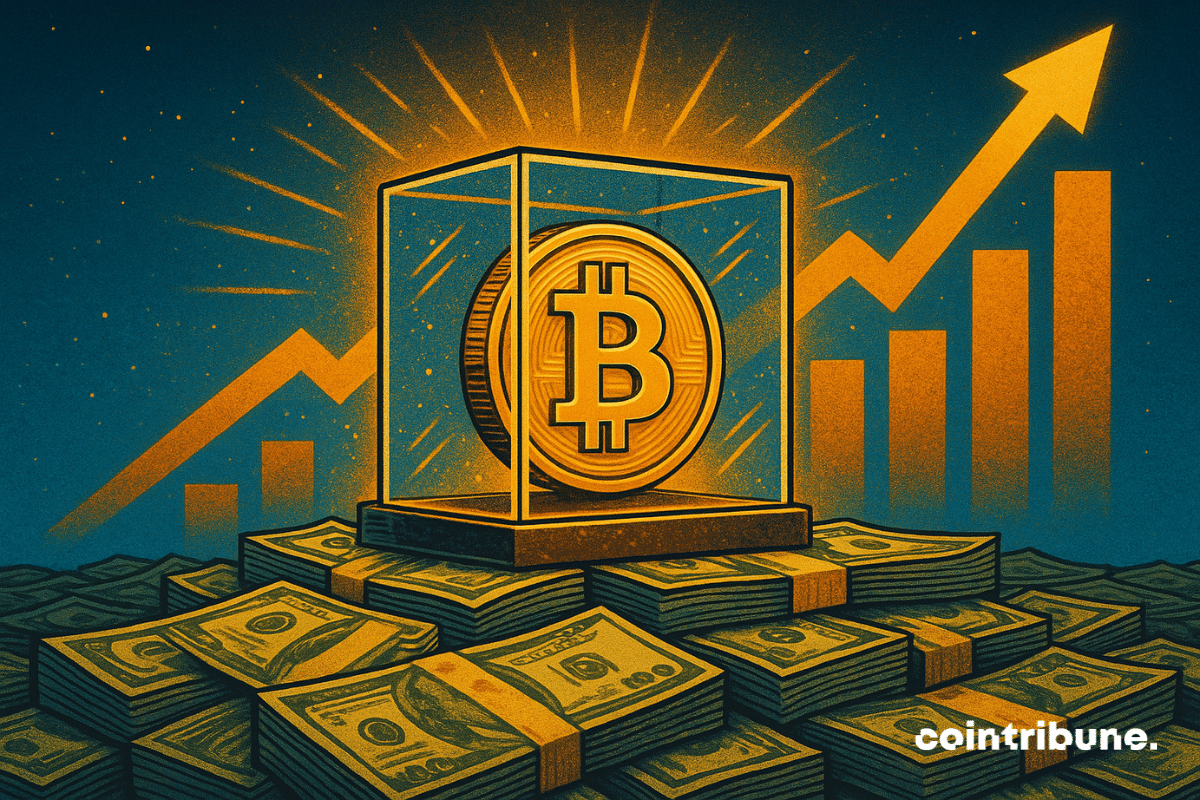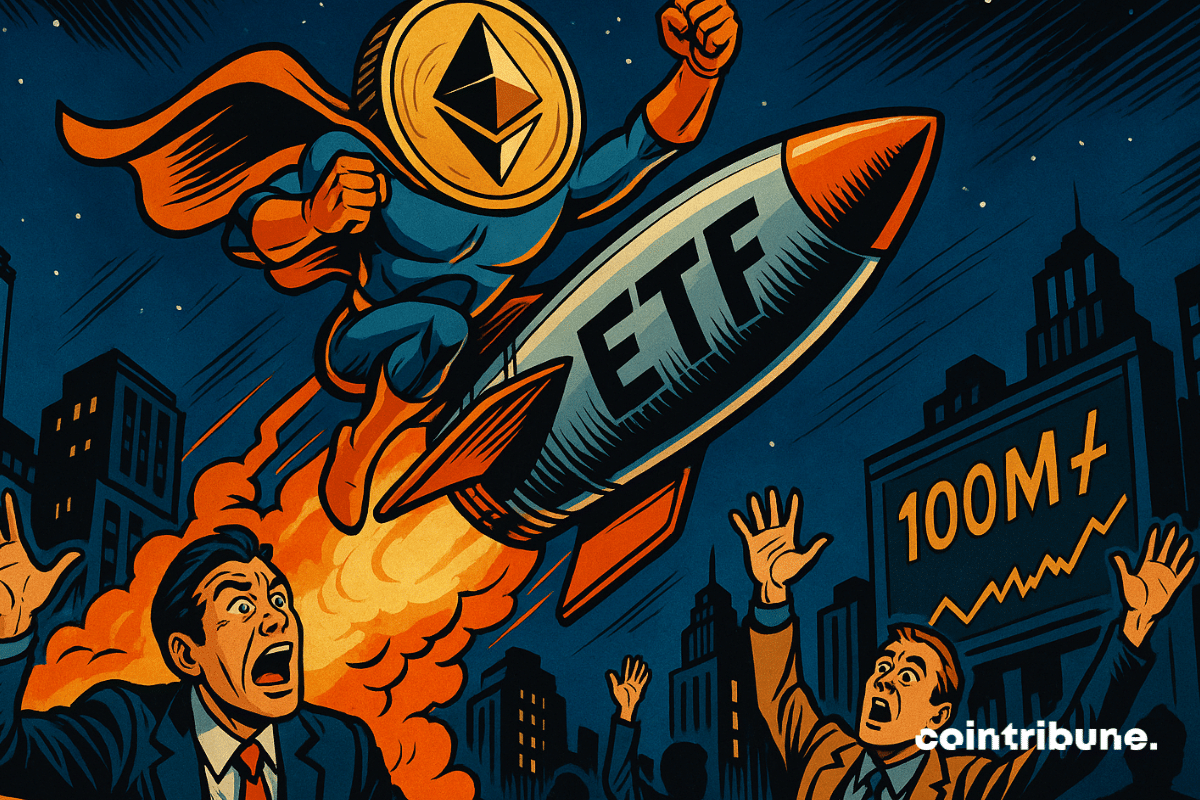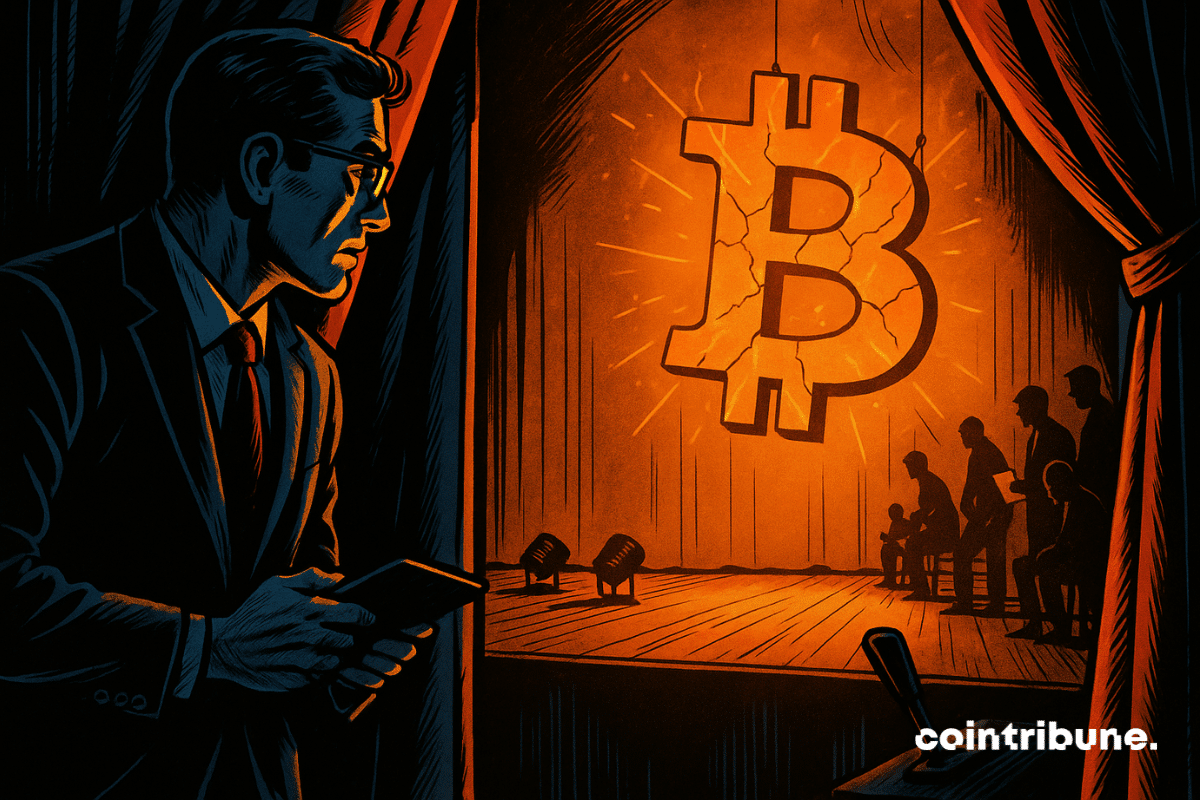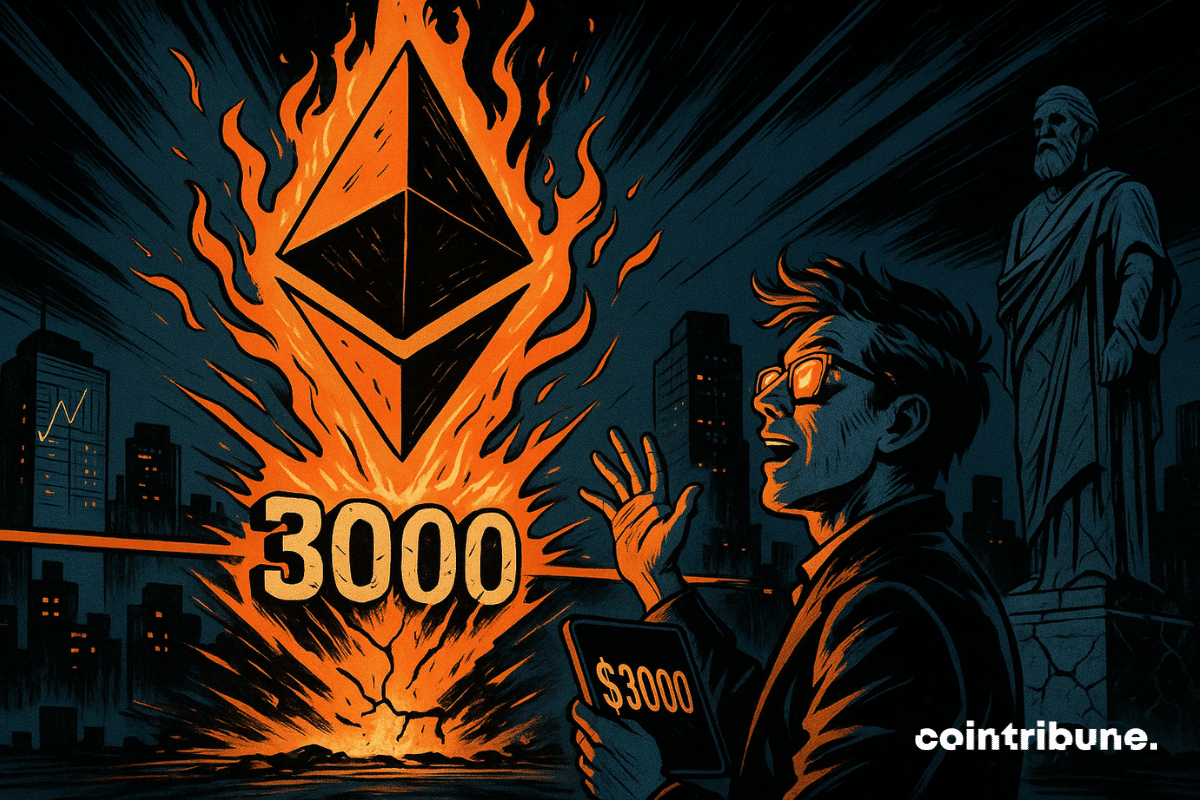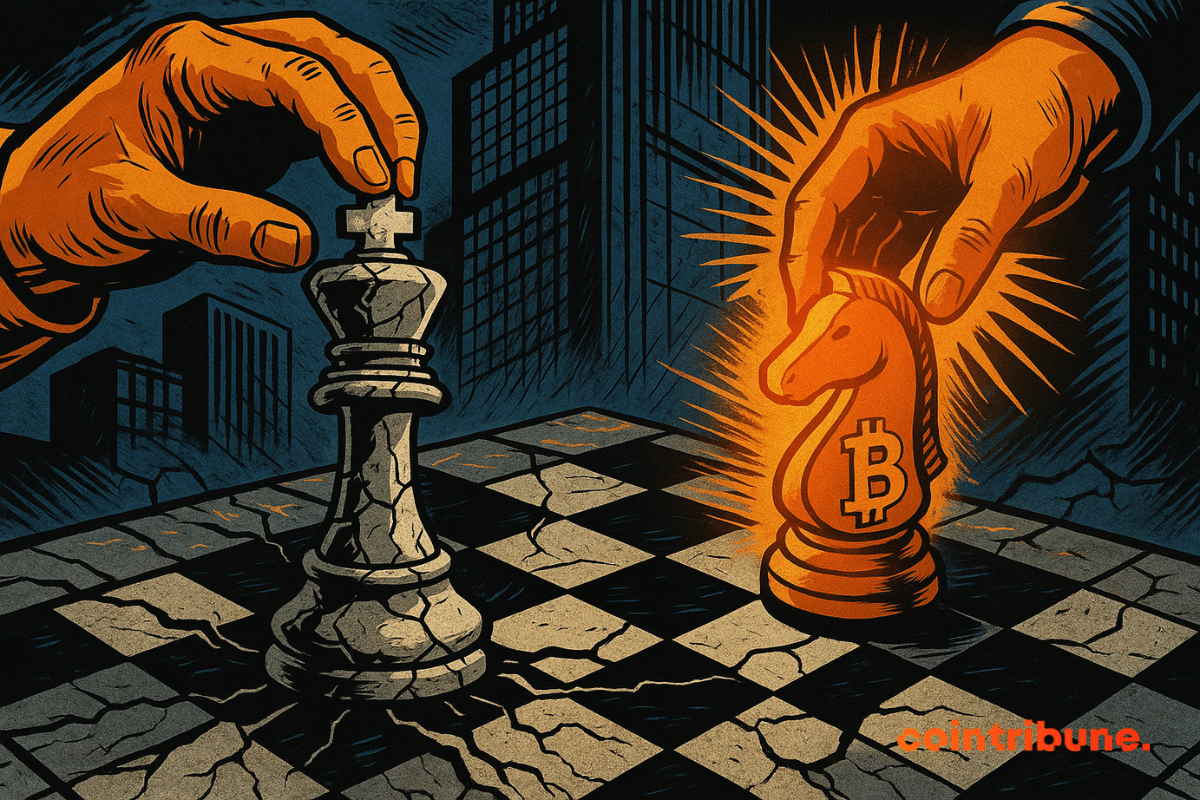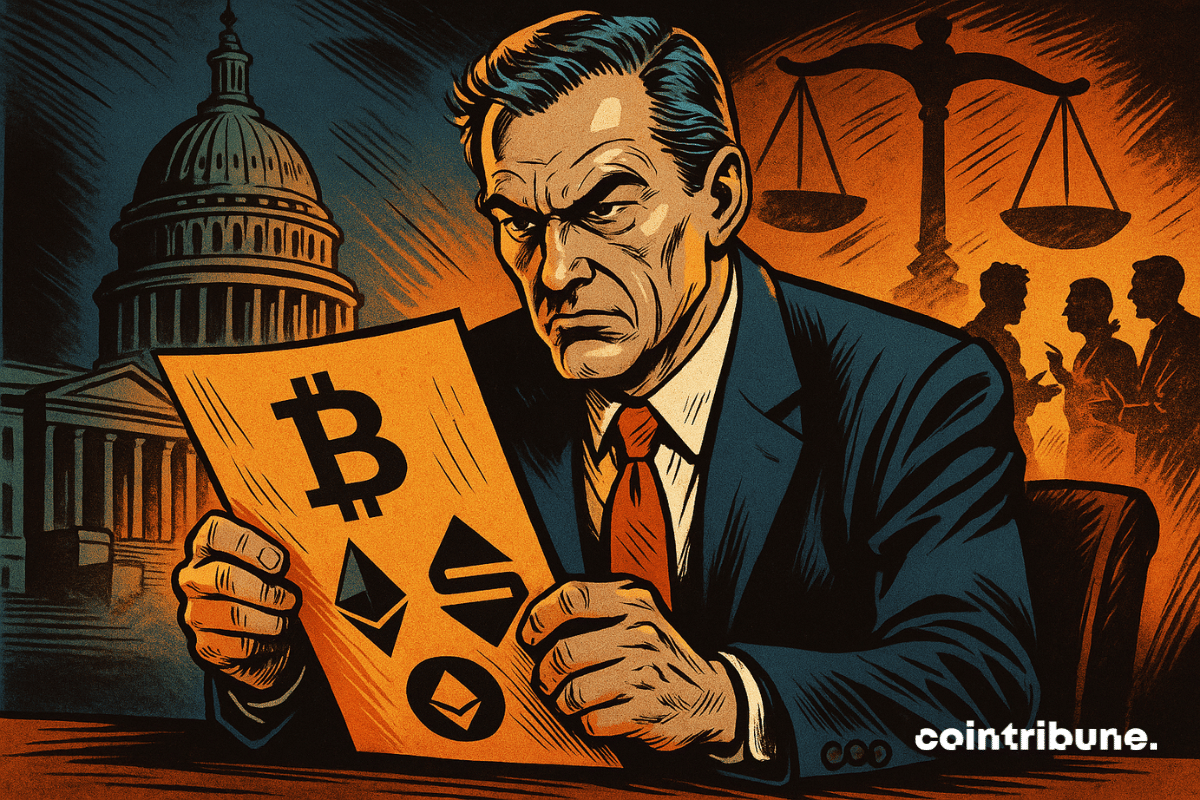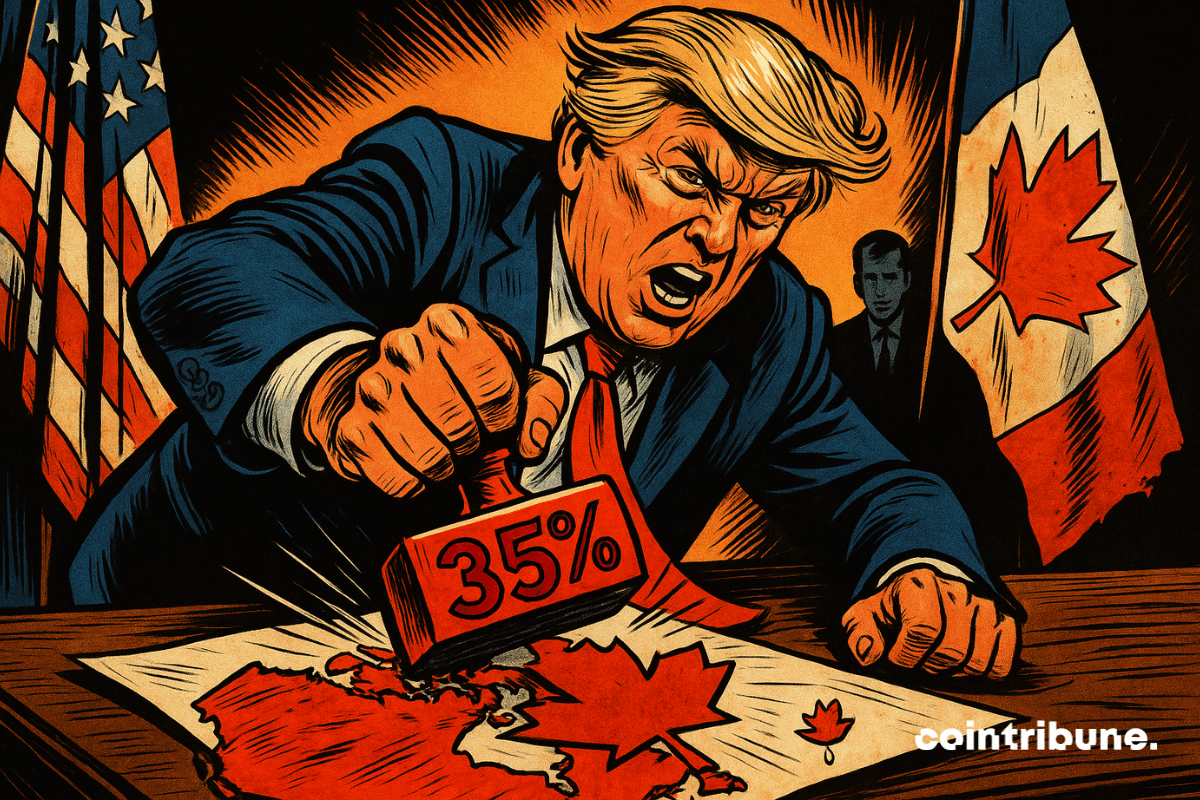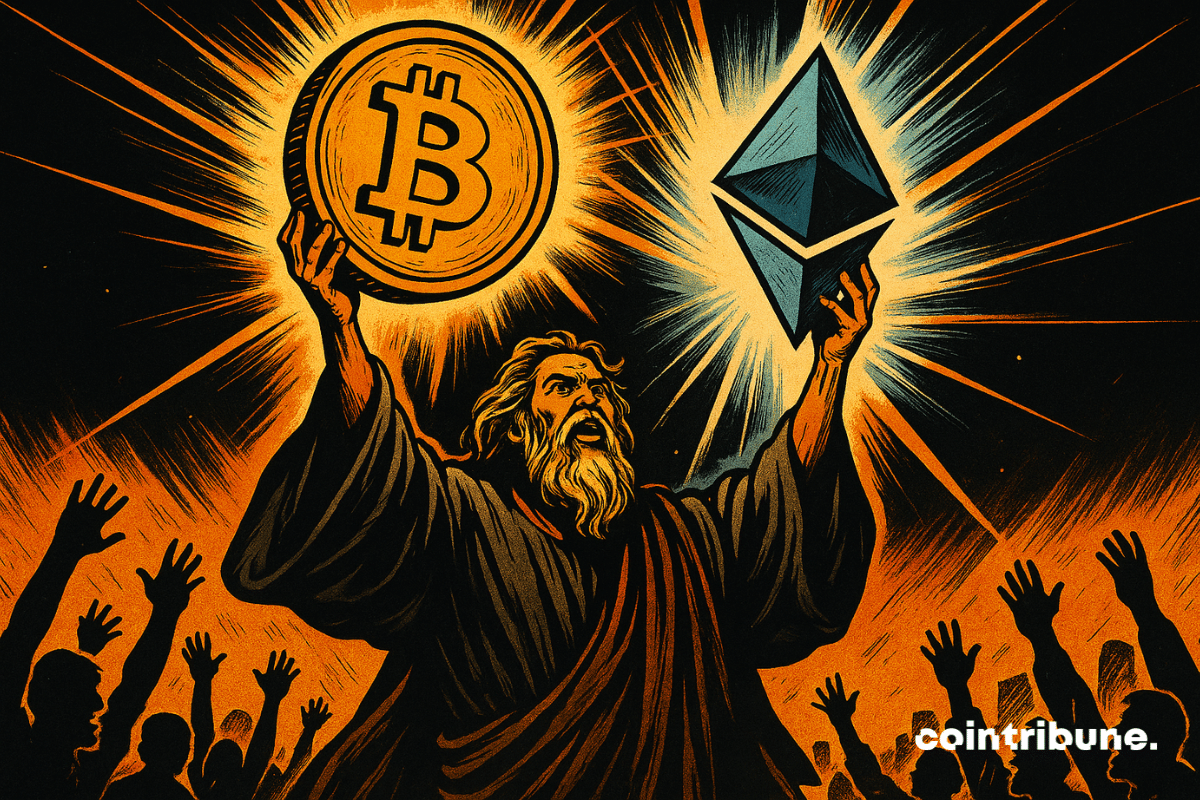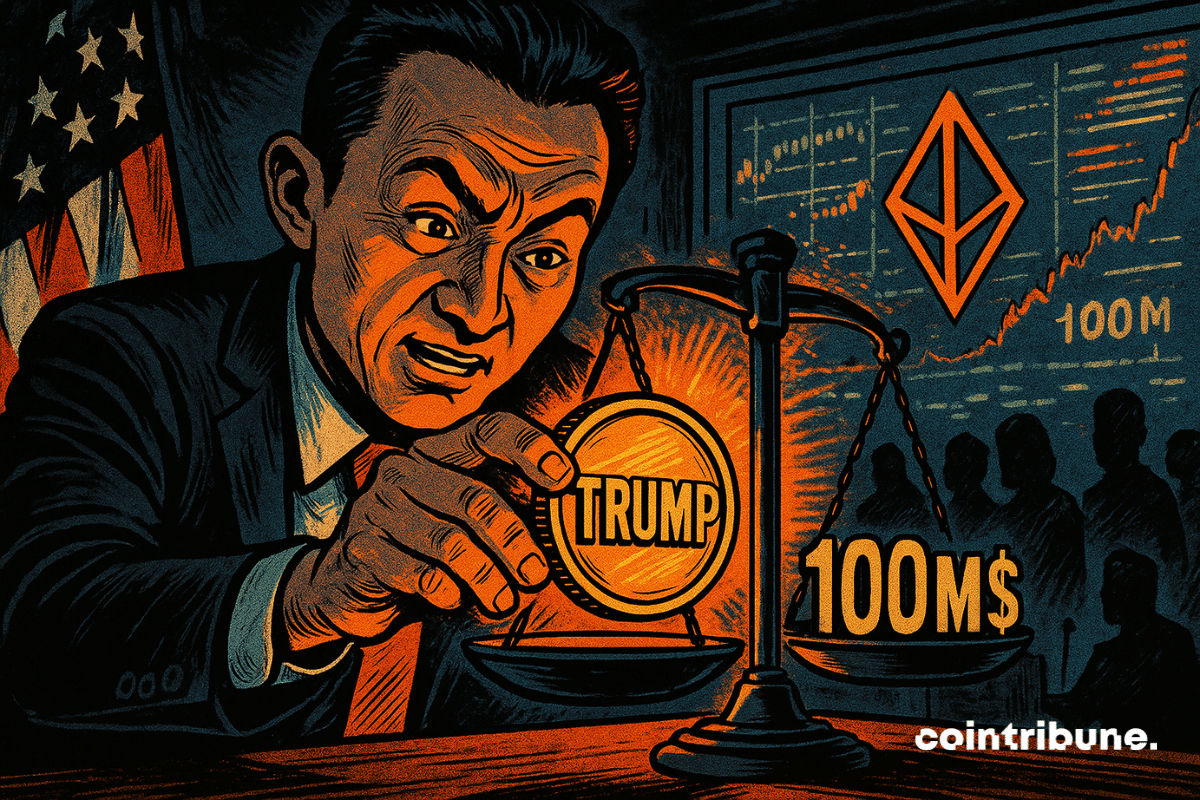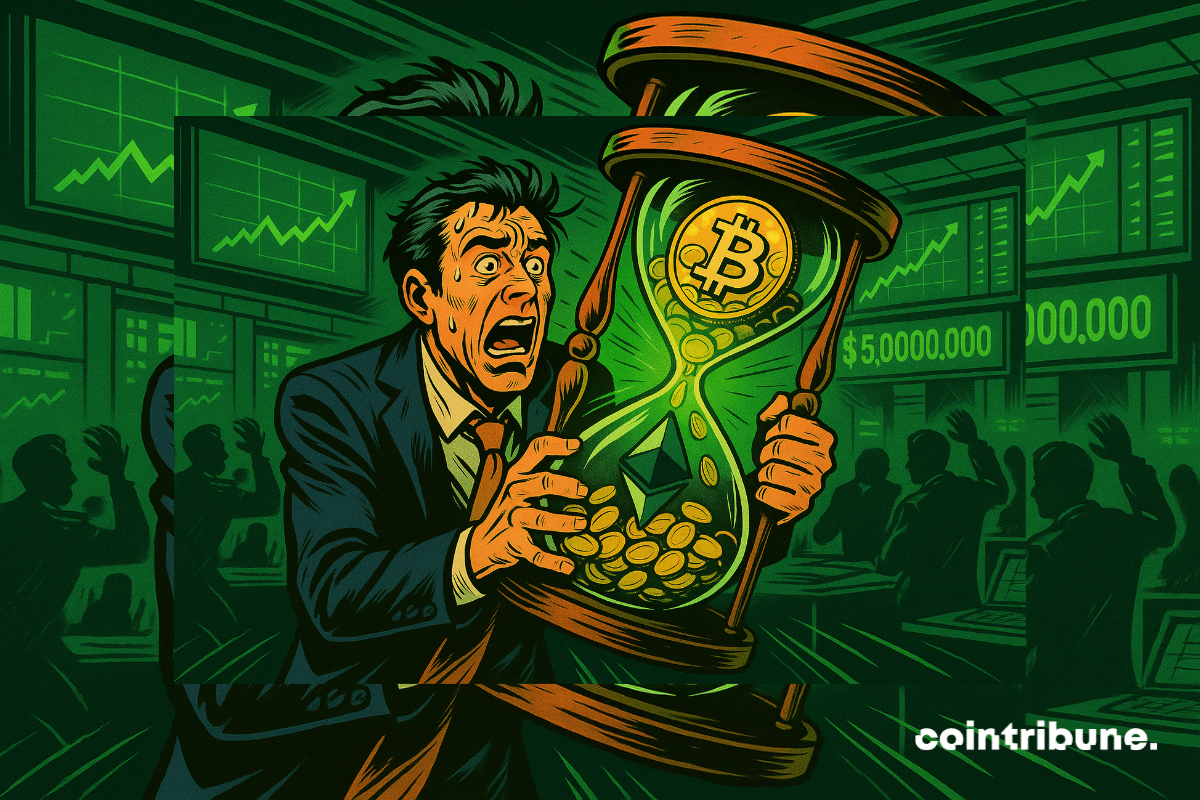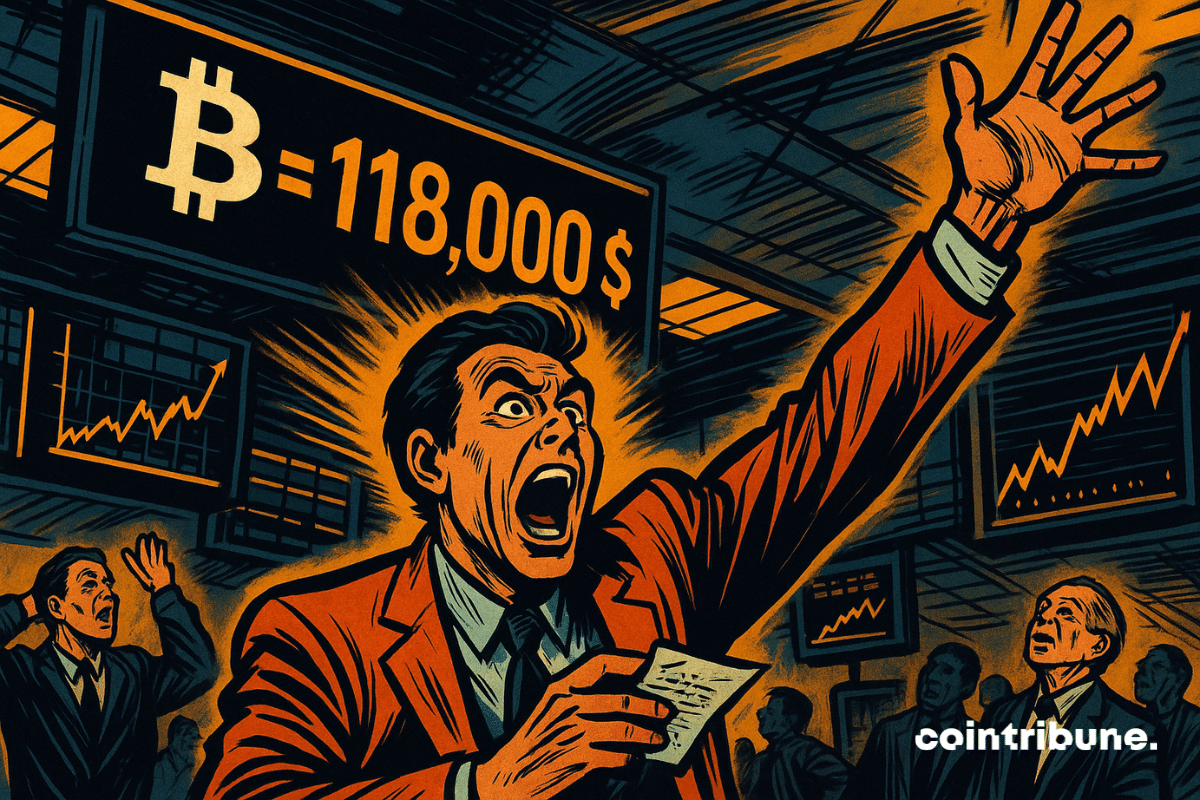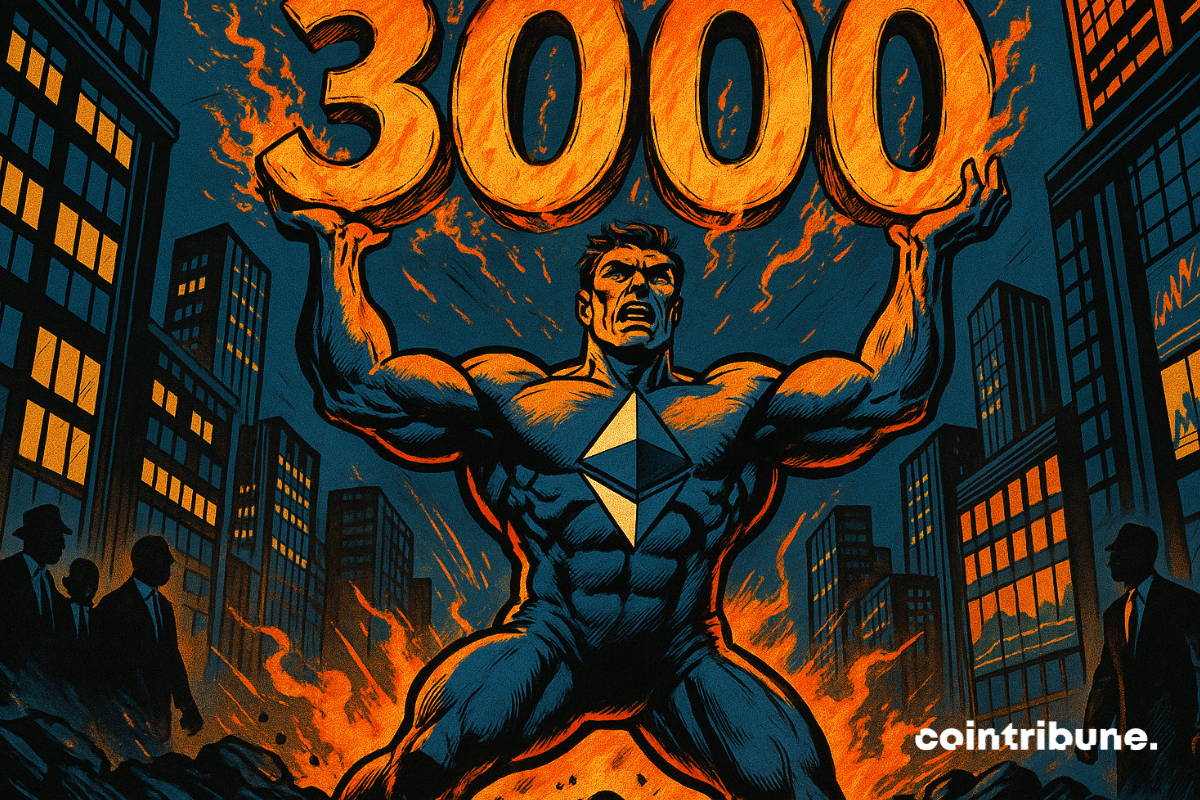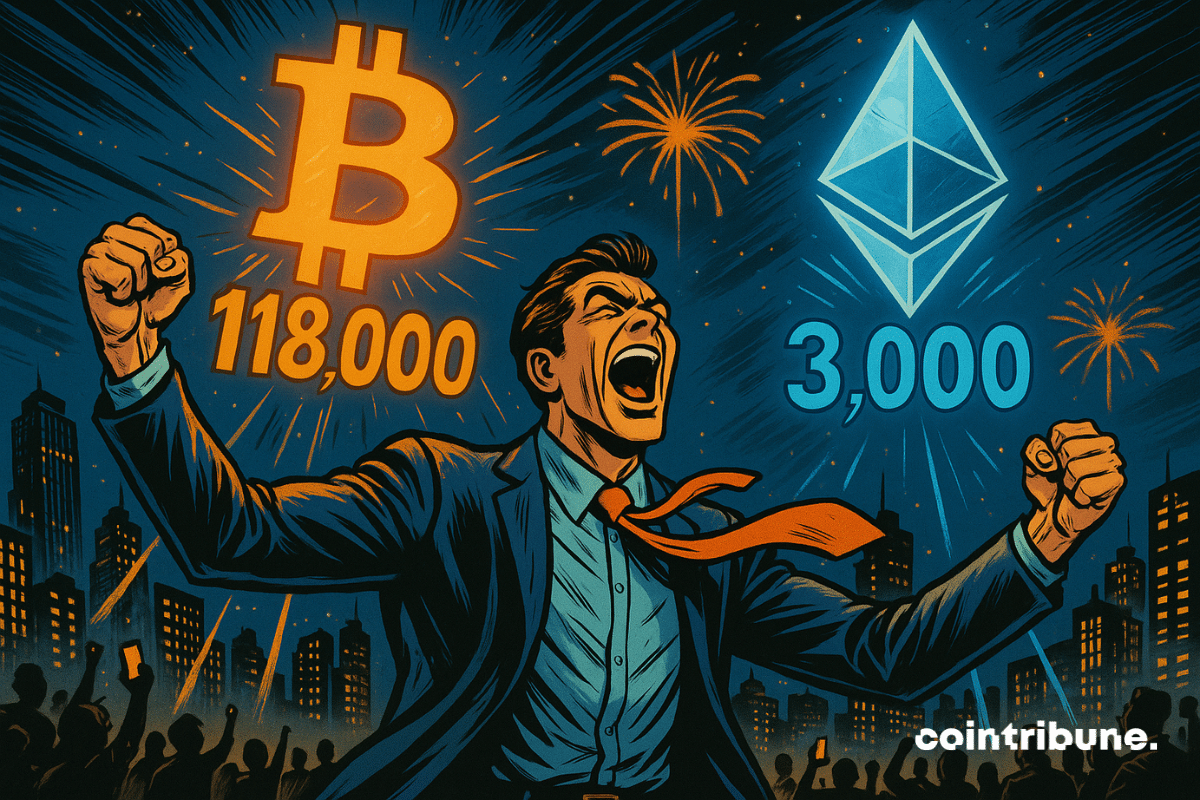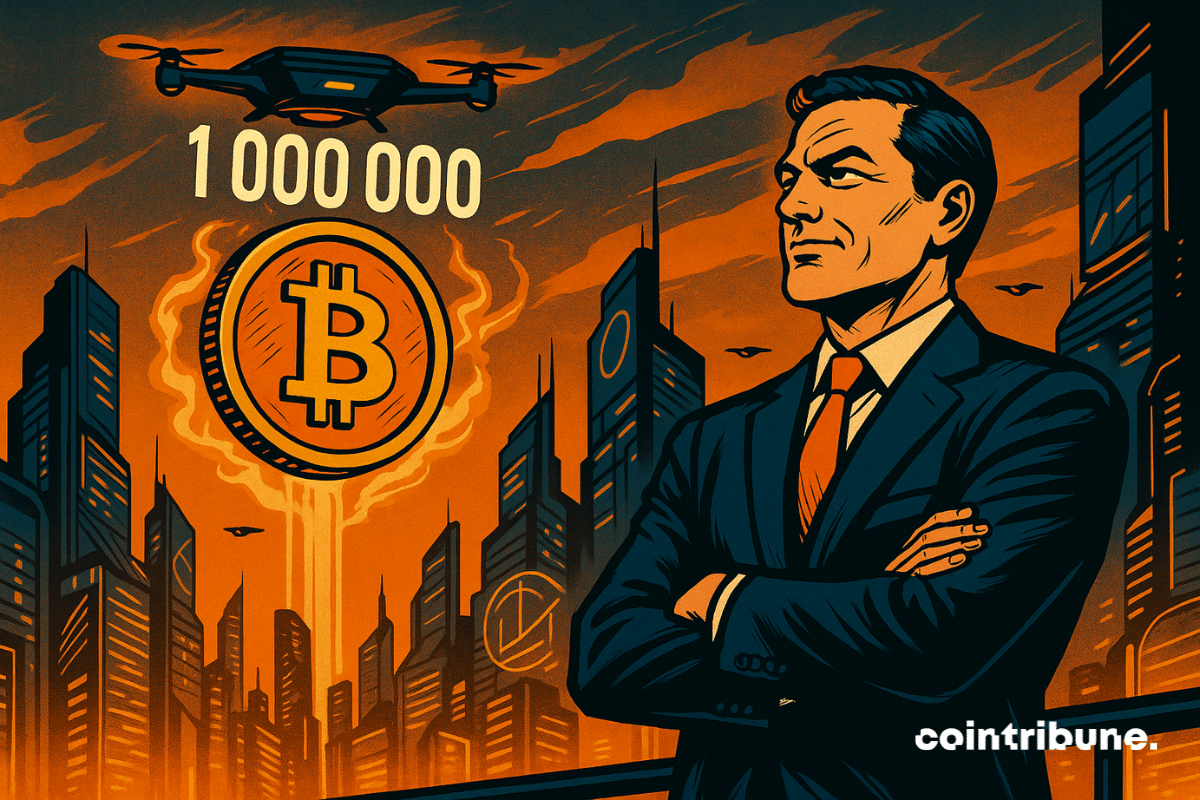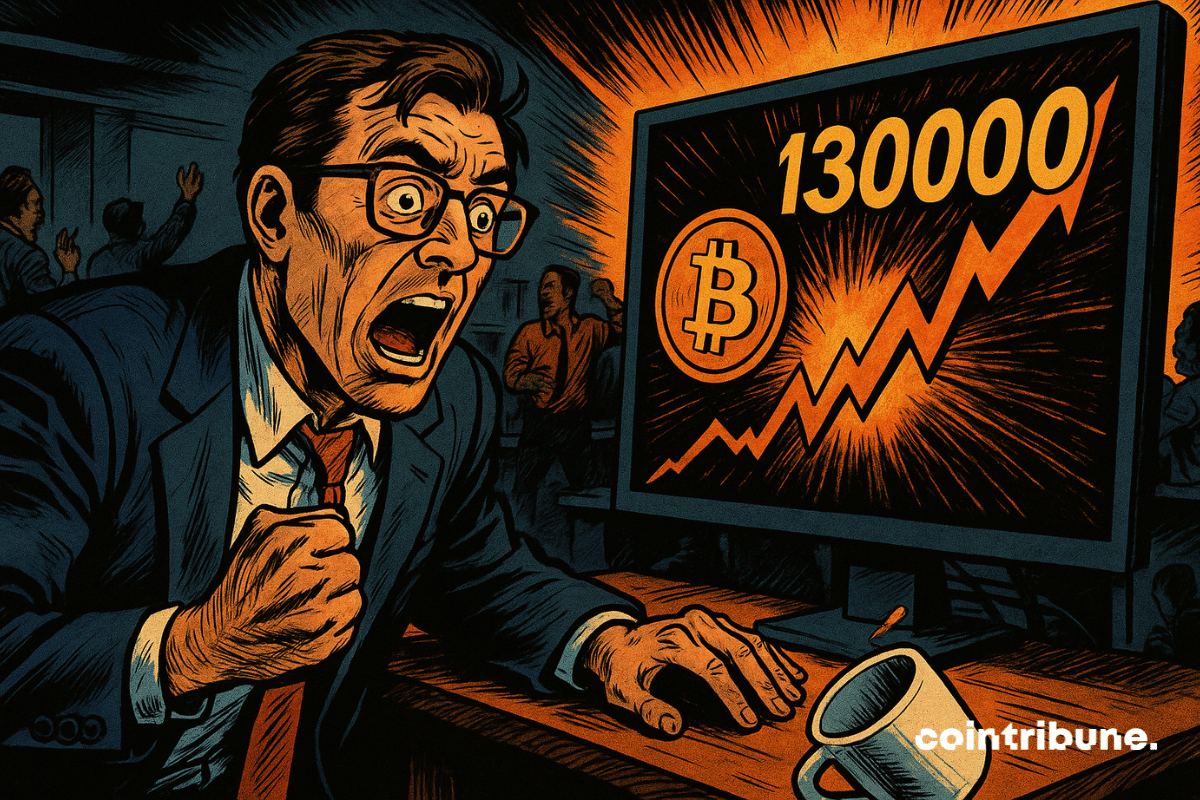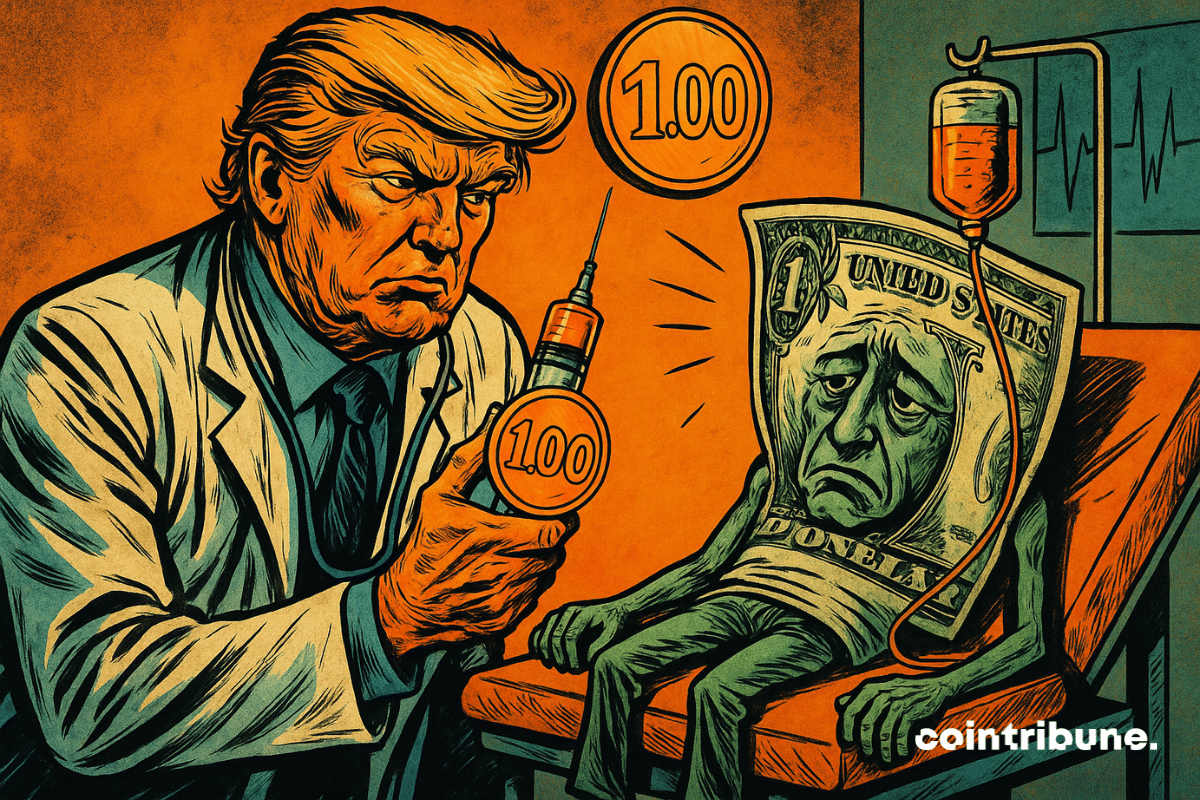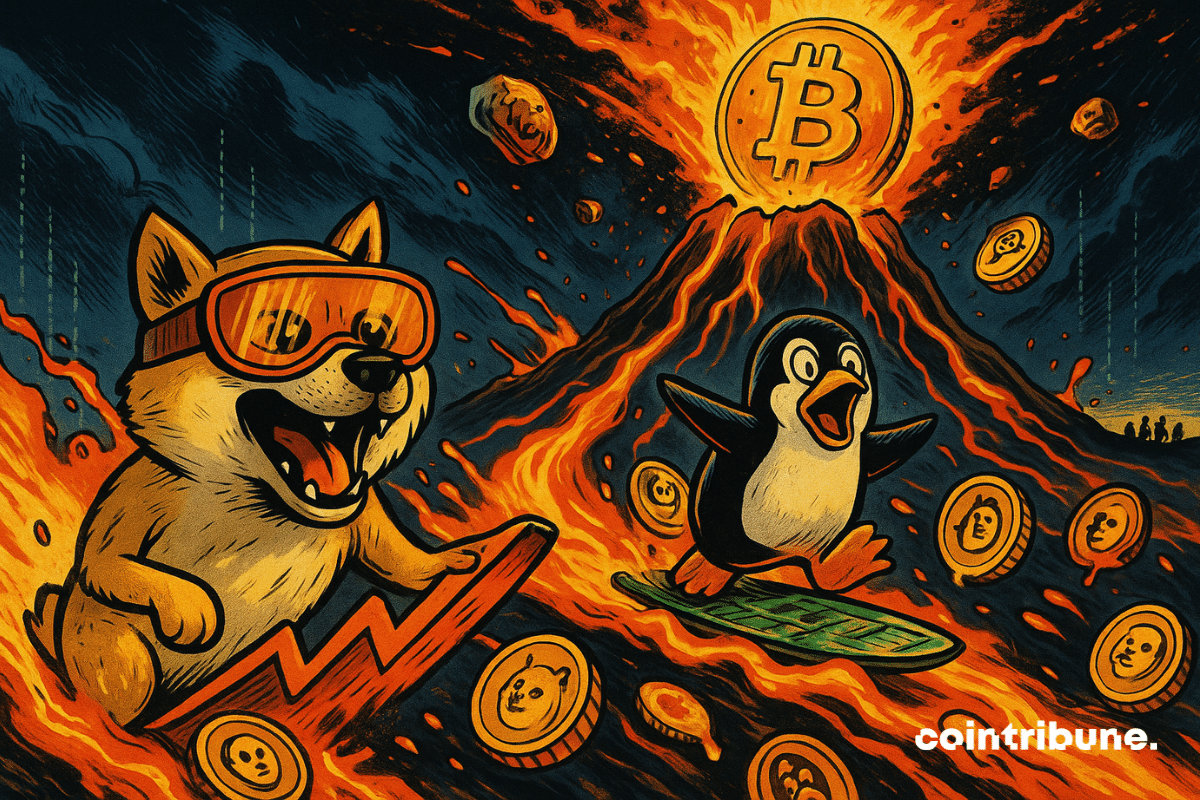As global balances are being redrawn, the BRICS summit in Rio outlined the contours of a more pronounced multipolar influence. Behind the notable absence of Xi Jinping and Vladimir Putin, discussions led to concrete proposals: reform of international institutions, enhanced climate cooperation, and regulation of artificial intelligence. Less spectacular, but more strategic, this edition sheds light on the ambitions of the global South, while revealing the latent tensions that weaken the coherence of a bloc in search of credibility.
By continually reaching new heights, Bitcoin has finally surpassed them. This week, the pioneer of cryptocurrencies not only broke its own record: it has also pulled a host of stock values along with it, from exchange giants like Coinbase to the most aggressive miners. A spectacular surge that speaks volumes about the market's mindset: crypto is no longer on the sidelines; it is taking center stage. And when it ignites, an entire parallel economy, now institutional as well, is set ablaze. A breakdown of a week that will be remembered in the annals of digital finance.
While Bitcoin continues to dominate headlines and attract capital, an old rival is waking up with rare intensity: XRP. This Ripple token, long stuck in a corridor of indifference, has just slammed the door on the technical status quo. And this time, the offensive is taking shape against Bitcoin.
Tether is taking down its posters of abandoned blockchains to better align with crypto stars: while some lament Omni, others are already celebrating on Ethereum and Tron.
With the institutional crypto community increasingly focused on token efficiency, reports indicate that Shiba Inu has seen its burn rate surge by more than 10,700% in recent days. This sets the stage for an even larger single-day burn event.
Ahead of its initial coin offering (ICO), Pump.fun has secured its first-ever purchase by acquiring a Solana-based wallet tracker, Kolscan. According to the company, this latest rollout features an aggregated ranking of key opinion leaders (KOLs) based on their trading performance, allowing users to closely observe and analyze the strategies of top investors within the Solana network.
In just a year and a half since the launch of the first U.S. spot Bitcoin ETFs, institutional investors have poured over $50 billion into crypto through regulated financial products. The message is clear: Bitcoin is going mainstream, and it's happening fast.
BlackRock’s iShares Ethereum ETF led a major surge in ETH fund inflows this week, signalling rising institutional demand.
While traditional markets struggle to gain momentum, bitcoin reaches a new all-time high. Fueled by a wave of regulatory optimism in Washington, the crypto sphere is excited. This surge is not just a simple technical rebound or an isolated influx of capital. It coincides with a major political turning point: the House of Representatives is set to review a set of laws that could reshape the contours of the crypto sector in the United States. The market is anticipating, and prices are soaring.
The discreet transfer of 10,000 ETH by the Ethereum Foundation to SharpLink Gaming, at a price below market value, raises eyebrows. This private deal, concluded before a spike in the price above $3,000, raises questions about the strategic management of Ethereum's reserves. In a context of record inflows into Ether ETFs, this operation may signify a turning point: ether is no longer a speculative asset; it is becoming a financial lever integrated into the treasuries of influential companies.
While Wall Street counts its points, Bitcoin takes the prize, ridicules the S&P 500, and shoots at full speed into the coffers of a stunned BlackRock. Who would have believed it?
Crypto is at a crossroads. Under the cold neon lights of the Capitol, the fate of a digital world is being decided with ink and calculations. Starting from July 14, Washington begins its "Crypto Week": a decisive parliamentary sequence where three major bills will be debated. Three texts, three possible directions for the future of digital assets in the United States.
Trump slams the door on the G7 and brings out his tariff weapons. Canada suffers, the economy wavers, and copper prices soar. What is the star chef of protectionism really cooking up?
When ETFs fill up like broken pockets and bitcoin breaks through the ceiling, traditional markets wonder: have cryptos become acceptable to the suit-and-tie crowd?
Donald Trump's announcement of 10% tariffs on BRICS countries reignites a strategic debate: are the United States risking, in their bid to defend their leadership, to accelerate de-dollarization? Behind this commercial offensive lies a deeper rift, where emerging powers seek to break away from the dominance of the greenback. As geo-economic tensions intensify, the question arises: is Washington not hastening the questioning of the monetary order it strives to preserve?
The founder of Tron announces a purchase of 100 million dollars in TRUMP memecoins. This is not a risky bet. It is a political maneuver and a clear message sent to the crypto ecosystem.
The crypto markets are gearing up for a decisive day with the simultaneous expiration of over 5 billion dollars in Bitcoin and Ethereum options. This massive expiration comes as Bitcoin reaches new historical highs beyond 118,000 dollars. But what do these data reveal about investor sentiment, and what movements should we anticipate?
Bitcoin surpassed the 118,000 dollar mark this Friday morning, just two days after setting a historical record above 112,000 dollars.
Ethereum has climbed back to $3,000, driven by rising institutional purchases and increased futures market activity, signaling renewed bullish momentum.
It is no longer just a sudden rise; it is a controlled explosion: bitcoin has just reached $118,000, driven by an institutional appetite rarely seen in the history of crypto. Meanwhile, Ethereum exceeds $3,000, like a second wind in this dizzying ascent. But how far can this madness go?
The American giant Coinbase has just formed a partnership with Perplexity AI, the search engine powered by artificial intelligence. This collaboration promises to transform access to real-time crypto market data. An advancement that could well redefine trading practices in the era of AI robots.
The CEO of Bitwise is extremely bullish. He aims for $200,000 for a bitcoin by the end of the year and $1 million by the end of the decade.
Bitcoin continues to defy predictions. While some declared it to be out of breath after its recent peaks, the market shows clear signs of a resurgence. This is no longer just fevered speculation: on-chain data paints a much more nuanced, yet terrifically optimistic picture. Heading towards $130,000, the indicators proclaim. The inflection point is approaching, and the signals are clear: Bitcoin is far from having said its last word.
"While the dollar plays the tightrope and Trump brandishes his tariffs, Washington unveils a crypto-crutch: stablecoins, a techno remedy or a digital mirage of a wavering empire?"
As Bitcoin sets a new record, an unexpected segment of the crypto universe reasserts itself: memecoins. Once regarded as mere speculative curiosities, they now attract massive trading volumes and unprecedented media attention. Digital irony becomes the engine of the market, sometimes eclipsing so-called serious projects.
